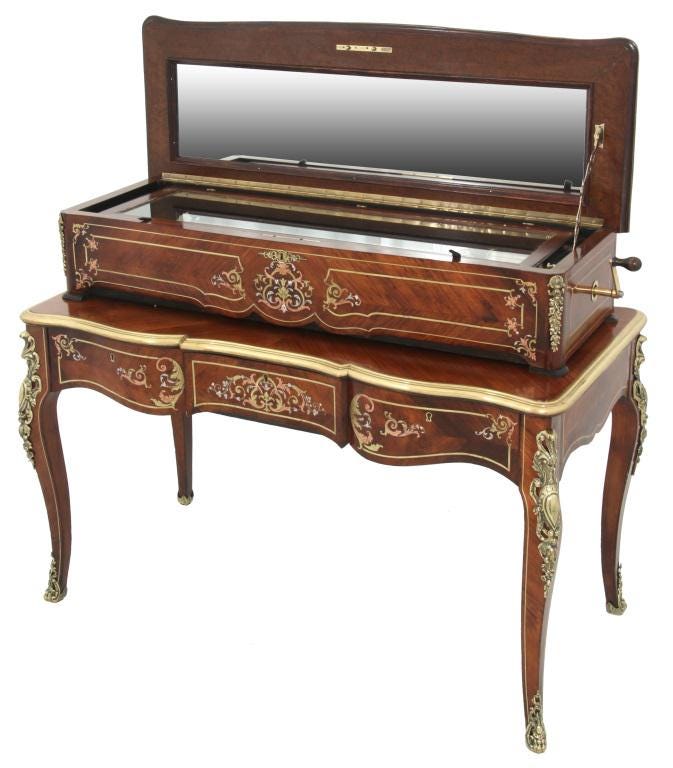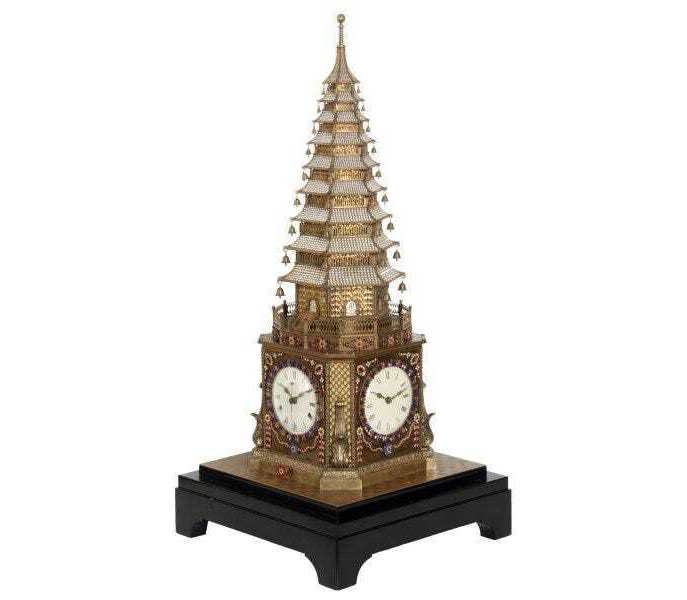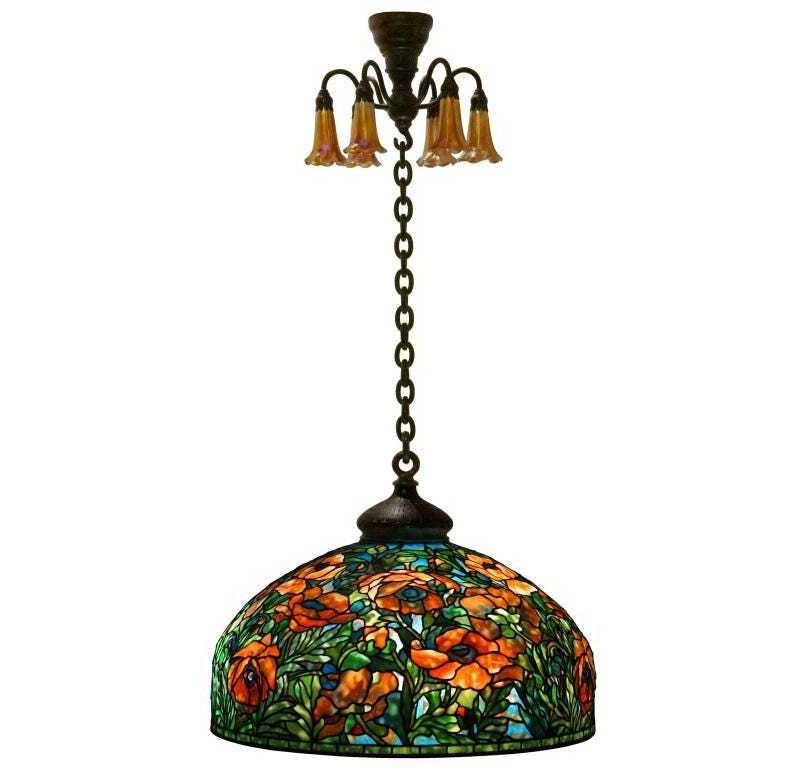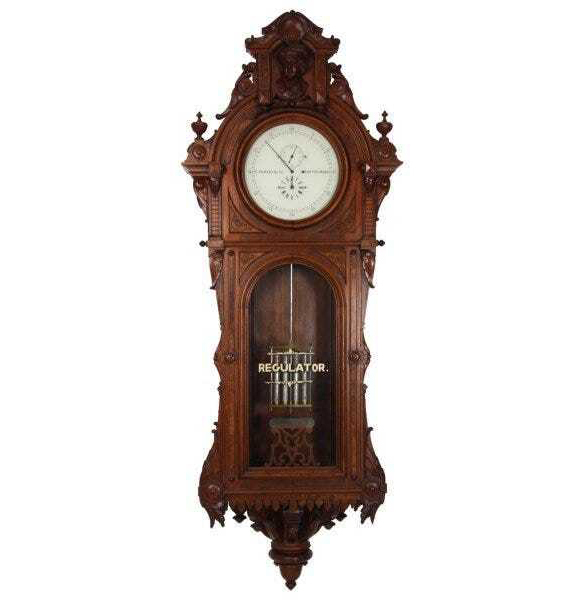
PITTSFIELD, Mass. – John Fontaine knew early on that he wanted to make a living running auctions. He began working for his dad in the family auction business starting at age 12. By the following year, he was conducting auctions for his father and guest auctioneering for people in the area. He was only in his early 20s when his father died in 1980, but he kept the business going. Today, Fontaine’s Auction Gallery is thriving and a third generation has signed on. His son, John, is an auction specialist, and his daughter, Mia, catalogs the jewelry and watches. The auction business has changed dramatically over Fontaine’s life, but one truth endures: good stuff is always in demand.
What is one of your earliest auction memories?
I got my driver’s license and would drive up to Maine to go on house calls. Pickers would take me to places, and a picker took me to this old Victorian house one time, a big old run-down house in Kennebunkport. We get to the house and this old guy answers the door and I’m like, ‘We’re here to buy antiques, do you have anything?’ And he’s like ‘No, no, no, nothing to sell.’ I gave him my card, and a couple years go by, and he calls. I go, he lets us in, and there, in the corner, was this music cabinet. I said to my friend who was with me, ‘I don’t know who made it, but it’s really good.’ We pull it away from the wall and it was signed Herter Brothers on the back and I was like, ‘Herter Brothers? Damn, I’ve never heard of that name and I thought it was something really good.’ My dad was still alive, so we put it in the auction. We advertised it as a Herter Brothers cabinet. It was Egyptian Revival, unbelievable, and totally original. People started calling, including the Metropolitan Museum of Art and the High Museum. I paid $300 for it, and I’m like ‘Wow, who would have known?’ The High ended up buying it for $7,000, so that was my big story from when I was 16 years old. At the time, it was thrilling. Since then, I have probably sold 300 pieces of Herter Brothers, and now everybody knows it’s a big deal, but at the time, we didn’t.

Do you still go out on house calls?
I go on a lot of the calls myself. If I set up a route for a day, it will usually be eight to 1o stops in a 14- to 16-hour period, so I will leave here at five in the morning and do all of my stops. Sometimes I will take a helper if we are going to be loading stuff. Sometimes I won’t if I’m just going to do appraisals and estimates. Many times, I will get home at nine or 10 at night on those days. I do that once or twice a week. That’s why you can never catch me in the office.
That’s a busy schedule!
It’s been busier now than at any time I can remember. People are selling a lot, a lot of great things are coming on the market, customers are buying a lot, and prices are good. It just seems like things are churning very well in this business.

What was your most interesting recent house call?
I got a call from a guy and he said, ‘I’ve been doing business with clocks from you over the years, and I never told you this, but I have a Tiffany lamp in my closet. I’ve had it there for like 30 years.’ I said, ‘What is it doing in your closet?’ and he said, ‘Well, my wife didn’t like it, and she said you’ll never hang it in the house.’ He decided to sell and asked me when I was going to be down this way. I said tomorrow, and he was in Maryland! [Laughs]. I wasn’t even sure he had a Tiffany lamp–he took a very poor picture of it — but with the story and this picture, I thought this thing could very well be real. So I went down there, and sure enough, he opens the closet door and there’s this dusty old blanket on top of this lamp. We pulled the lamp out, and he says, ‘Well? Is it or isn’t it?’ And I go, ‘Yup, not only that, but it’s one of the nicest ones I’ve ever seen.’ He’s like, ‘You’re kidding me,’ and I said, ‘No, this thing is fabulous.’ We put it in with a $400,000 to $600,000 estimate and it brought $550,000 plus the buyer’s premium in September.

You have a particular affinity for clocks. Why?
I have been a member of the National Association of Watch and Clock Collectors (NAWCC) since I was a teenager, so I have been doing clocks my whole life. Clocks are a mainstay here along with the lighting and the other things we do, but I really like clocks. I think they’re a great thing to deal in, and clock customers are just the best. They are very calm, mostly older people, who are very specific and like things a certain way, and I like that too. I like dealing with them.

How is the auction business changing?
Business is evolving, and we are evolving too. It used to be when you looked at a Fontaine auction, you would see 60 percent furniture and 40 percent lighting, clocks, paintings, and smalls. Now it has changed to where my auctions are 80 percent lighting, clocks, silver, paintings, and smalls and 20 percent furniture, and that is basically because the furniture market is soft in many places. However the 20 percent that I’m handling is not soft. I am picking the things that still work, and as my business evolves, I am trying to change with the times.
_____________________________________
To contact John Fontaine or to discuss a future consignment to Fontaine’s Auction Gallery, call 413-448-8922. Click to visit Fontaine’s Auction Gallery online.



